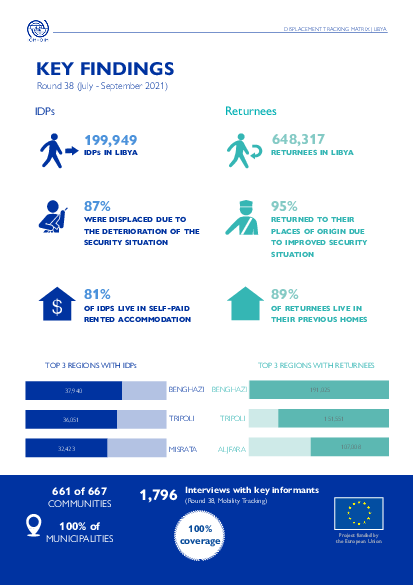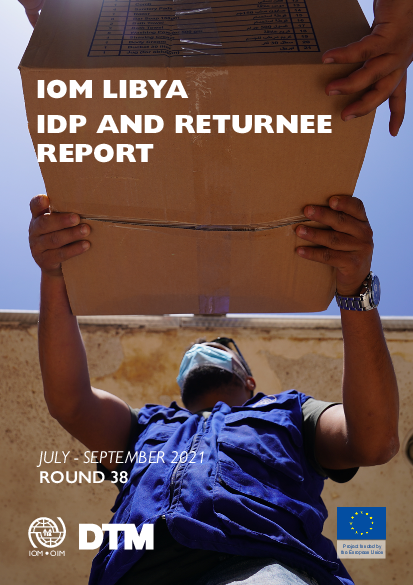-
Countries
-
Data and Analysis
-
Special Focus
-
Crisis Responses
In Q3 of 2021, a total of 49,092 of migrants and refugees were registered arriving through the three Mediterranean routes and the Western African Atlantic route to Europe, which is 55 per cent higher than the 31,563 arrivals registered in the same period in 2020, and 8 per cent more than the 45,308 registered in Q3 of 2019. Arrivals in Q3 of 2021 are 38 per cent higher compared to the previous reporting period (35,445 in Q2 2021).
More than half (53%) of all registered individuals in Q3 2021 arrived in Europe via the Central Mediterranean route to Italy and Malta (26,017). Around 31 per cent of arrivals were registered in Spain, through the Western Mediterranean and Western African Atlantic routes (15,130). The remaining 16 per cent travelled through the Eastern Mediterranean route to Greece, Cyprus and Bulgaria (7,945).
Compared to Q3 of last year, arrivals have increased in absolute numbers in all routes to Europe: +51 per cent of arrivals via the Central Mediterranean route (CMR), +44 per cent of arrivals via the Western Mediterranean (WMR) and Western African Atlantic routes (WAAR), and + 108 per cent of through the Eastern Mediterranean route (EMR) compared to the arrivals registered in Q3 of 2020.
Contact
dtmlibya@iom.int
Location
Libya
Activity
- Mobility Tracking
- Baseline Assessment
Period Covered
Jul 01 2021 -Sep 30 2021
A baseline assessment is a sub-component of mobility tracking. It aims to collect data on IDP, migrant or returnee population presence in a defined administrative area of the country.
Population Groups
Survey Methodology
Unit of Analysis Or Observation
Type of Survey or Assessment
Keywords
Geographical Scope
Administrative boundaries with available data
The current dataset covers the following administrative boundaries

Contact
DTM Libya, DTMLibyateam@iom.int
Language
English
Location
Libya
Period Covered
Jul 01 2021
Sep 30 2021
Activity
- Mobility Tracking
- Baseline Assessment
This infographic presents the key findings of Round 38 of the mobility tracking component of the Displacement Tracking Matrix (DTM) programme in Libya.

Contact
DTM Libya, DTMLibyateam@iom.int
Language
English
Location
Libya
Period Covered
Jul 01 2021
Sep 30 2021
Activity
- Mobility Tracking
- Baseline Assessment
This report presents the IDP and returnee data collected between July – September 2021. The data and findings represent Round 38 of the Displacement Tracking Matrix’s (DTM) Mobility Tracking in Libya. A year since the ceasefire agreement signed on 23 October 2021, the general security situation in Libya has remained stable, with no new mass displacements reported during this year while the trend of previously displaced families returning to their places of origin continued. However, by the end of September 2021, 199,949 individuals were still displaced in Libya despite the cessation of hostilities and improvements in the general security situation. This indicates that while the overall humanitarian situation has improved, Libya remains in the post-crisis stage of transition and recovery.

